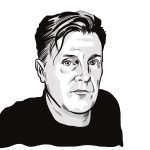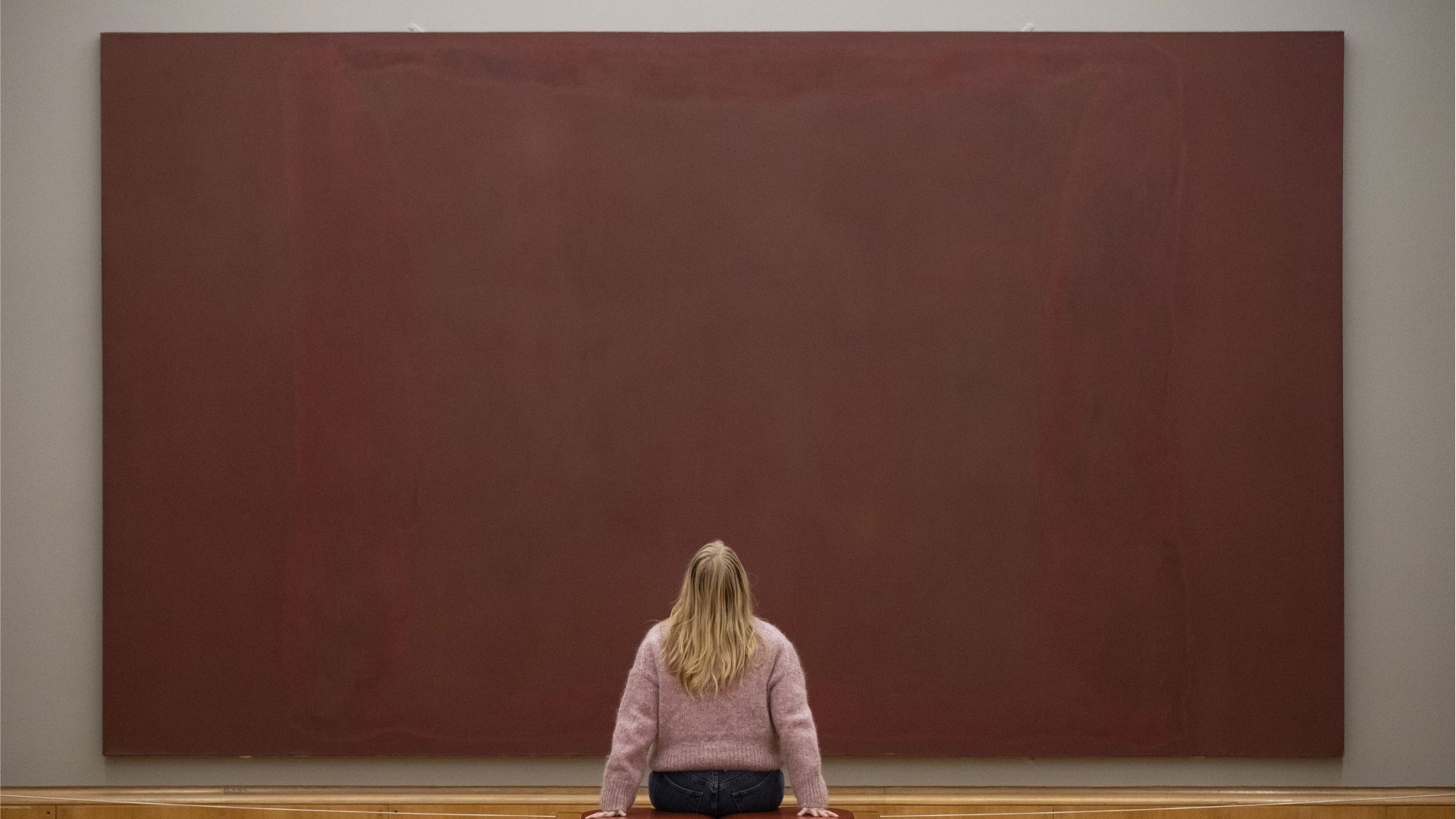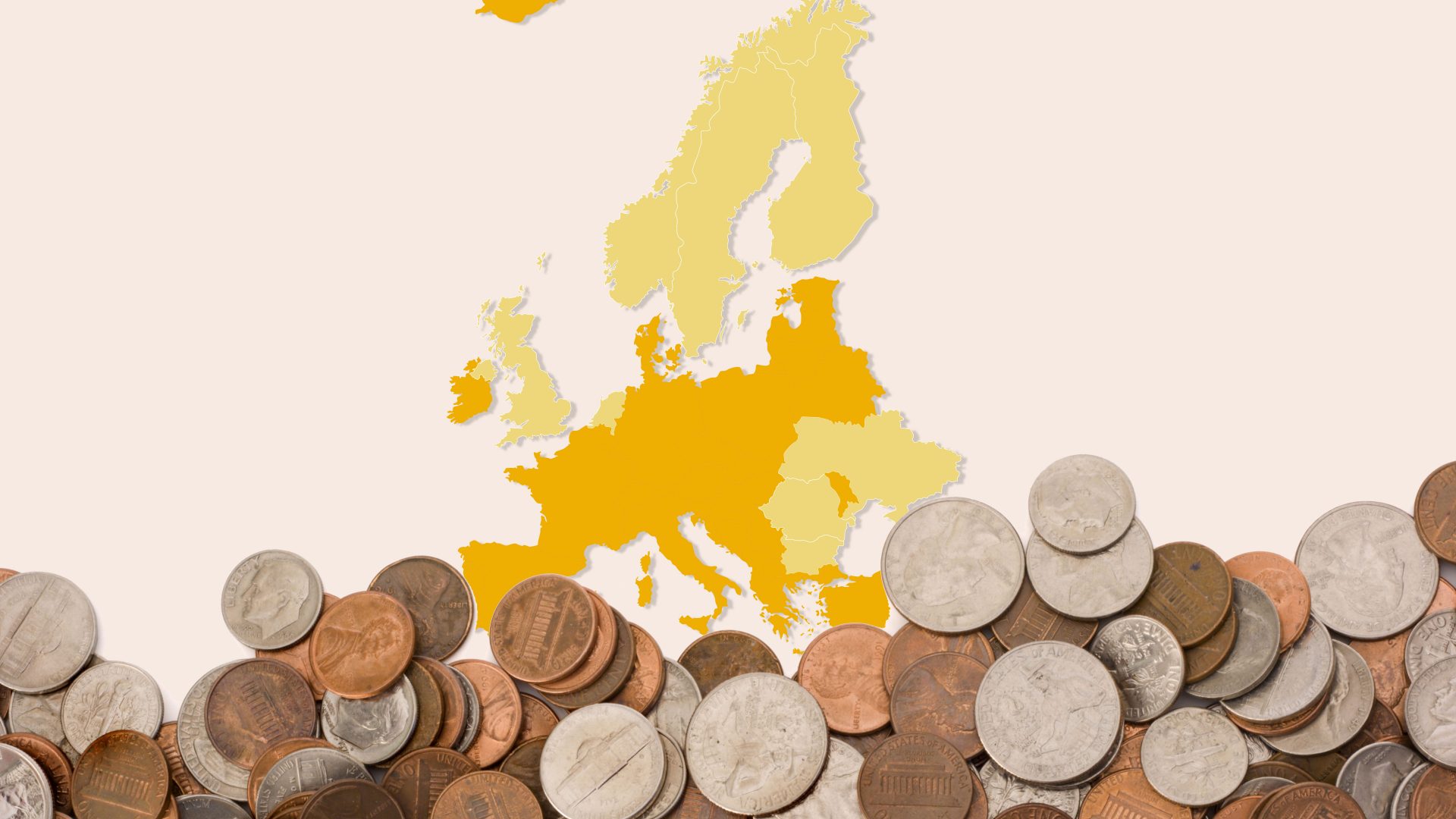October 15 was Friedrich Nietzsche’s birthday. Born in 1844, he died in 1900 after an intense and difficult life marked by ill-health, blinding headaches and, in later years, paranoid delusions. In his relatively short existence, he declared the death of God (via a character in Thus Spake Zarathustra), asserted that truth is a mobile army of metaphors, ridiculed Christian ethics, explored the idea of eternal recurrence, and inadvertently gave fuel to Nazi ideology thanks to his sister’s devious editing of his works.
As Sue Prideaux shows, in her brilliant biography, I am Dynamite, Nietzsche was an immodest genius (“I am dynamite” was his own self-description), a fool, an outsider, a man struggling with inner demons, and a fascinating and original thinker with a remarkable moustache. But he also wrote beautifully, often in aphorisms, and has attracted more and more readers since his death.
Among them was the artist Mark Rothko. Born Markus Yakolevich Rothkowitz in what is now Latvia, he was one of many emigré artists who ended up in America. His family had emigrated to Portland Oregon when he was ten, later moving to New York. I wandered into Tate Britain last week and was delighted to see Rothko’s Seagram Murals reinstated there. Originally commissioned in 1958 for the Four Seasons restaurant in New York City’s Seagram Building, the artist went from hoping “to ruin the appetite of every son of a bitch who ever eats in that room” and wanting diners to feel walled in, to deciding not to send the paintings there at all. They are now his most famous works. There are around 30 of these large maroon, black, and red pieces in all. Tate Modern has seven on display, a donation from the artist shortly before his suicide in 1970, though most in the series were painted long before that.
These monolithic abstractions hang near floor level, making it easier for viewers to immerse themselves in them as Rothko intended. The lighting is low, and the indistinct blending of colours has a subtle effect that intensifies the longer you stand in front of them. They have been described as“Buddhist television sets” and have always drawn viewers who stand or sit in a kind of calm, focused, and meditative state. But that’s not quite how the artist intended them to be experienced.
Rothko explicitly cited Nietzsche as an inspiration for his painting. In particular, Nietzsche’s first book, The Birth of Tragedy (1872) set his mind racing. A strange tract, ostensibly a discussion of tragedy in Ancient Greece, but which by the end has become a polemical advertisement for Wagner’s musical theatre, it has at its core a discussion of the Apollonian and Dionysian forces in art. Dionysus was the Greek god of intoxication and frenzy; Apollo represented order, beauty, and what Nietzsche called principium individuationis (the division of reality into individuals). Still very much under the influence of his intellectual mentor Arthur Schopenhauer at this point, Nietzsche seems to have connected the Dionysian with what Schopenhauer called the Will – an undivided life force that surges throughout the cosmos and is the ultimate source of everything.
Nietzsche believed that great art could give us a glimpse of the nature of reality, put us in touch with the Schopenhauerian Will, but that staring for too long into the abyss would annihilate anyone. The Dionysian element in art was what gave great art profundity, allowing us to make contact with the powerful seething energy of the Will that lies behind the veil of appearance. The Dionysian allows us to lose ourselves and become one with ultimate reality. For Schopenhauer and for Nietzsche this was most effectively achieved in music.
For Nietzsche, the Dionysian element had to be balanced with a degree of Apollonian restraint, but it was the Dionysian that could take people to a different place, remove the sense of self, and be transformative for the listener or viewer. Dionysian art, he wrote, “wishes to convince us of the eternal joy of existence”, but it also wants us to accept that everything that comes into existence “must face a sorrowful end”.
Rothko declared that his fundamental aim was to express basic human emotions – tragedy, ecstasy, doom – and his intention was to become the most Dionysian of artists. He wrote: “I would like to say to those who think of my pictures as serene… that I have imprisoned the most utter violence in every inch of their surface.” If you think these are calm meditative paintings, look again. Carefully.



